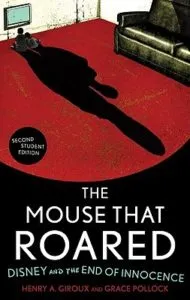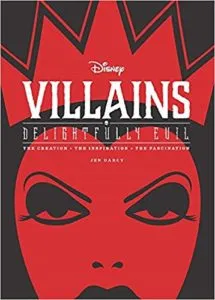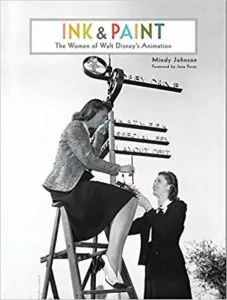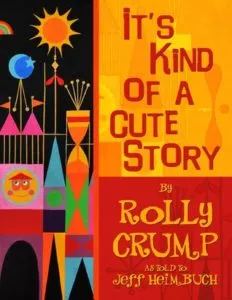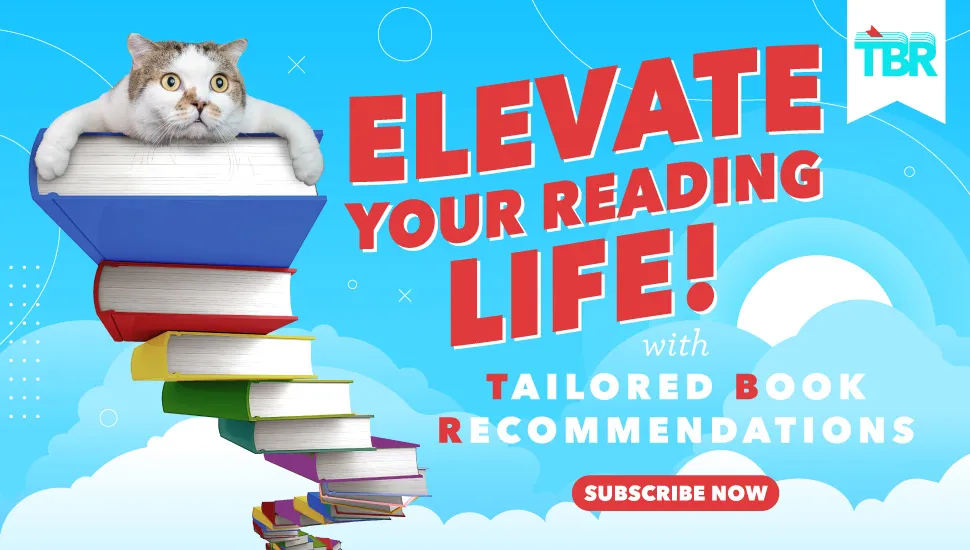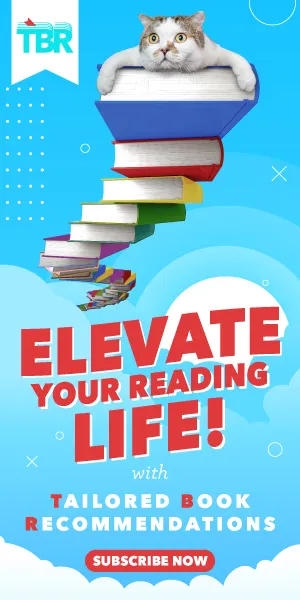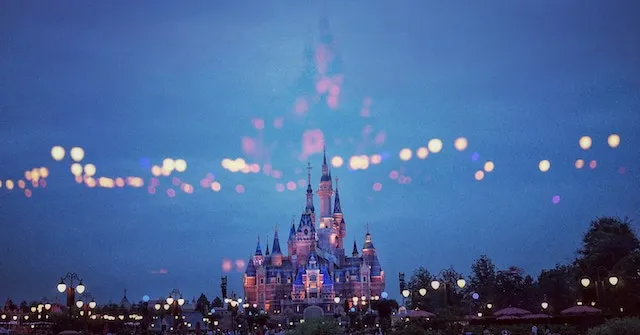
6 Nonfiction Walt Disney Books About The Man And Company
This content contains affiliate links. When you buy through these links, we may earn an affiliate commission.
Looking to learn more about Walt Disney, the man and the company he created? This list of nonfiction Walt Disney books is a good starting point. But first…
I originally discovered this book through the many Disney video essays of Lindsay Ellis. The Disney movies of my youth were much more contentious than I would have known or cared about at the time. The documentation of Michael Eisner’s revitalization of the studio includes both the good and the bad, and ends in a more negative spot (mostly because Eisner feuded angrily and often with his competitors). As a writer, Stewart focuses on the interpersonal, the power-grabbing, and the business intrigue—this followed the trend of his other books on large business destruction.
This book by the French philosopher Jean Baudrillard might not sound related to anything Disney if you just look at the backmatter, which states this book is a theory of contemporary culture with a different understanding of historical materialism. A portion of the book is devoted to Baudrillard’s digestion of Disneyland as a postmodern experience. He calls it hyperreality, and describes that as an inability to distinguish reality from a simulation of reality. Hyperreality also falls into the field of semiotics—the hyperreal space of Disneyland (to Baudrillard) was a representation (or sign) without a referent. The language he uses is specific to the field and a little over-written in that academic way, but I find this book especially useful to understanding the postmodern situation that we are placed in with the constant churning of culture. His view on hyperreality and especially Disneyland is extremely bleak, and more specific to the 1980s. However, this text is still helpful and interesting for anyone who wants to dive into philosophical interpretations of Disney.
In a stunning takedown of the cultural exports of Disney, this book pushes forward the dominance of Disney’s media and products that shape so much of our lives. Giroux and Pollock find it particularly insidious that Disney pushes its marketing to children, encouraging them to construct their identities around the company and its many individualistic offerings. This is also connected to the Disney company’s religious devotion to a singular ideal of free-market capitalism. An essay was added to the second edition about Disney’s intertwining with militarization, even in the contemporary moment.
This book more serves as a functional advertisement for Disney villains, but it’s a fun tour through the beloved characters nonetheless. The book flows through the development of the villains and how they became integral to the stories and pop culture understanding of Disney films. The concept art and archival notes are also deeply enjoyable. Because of Disney’s ownership of Pixar, those hilarious turnabouts are included in this book as well. I hope this book can inspire some interest in why Disney villains are so attractive to us, and what it means for many of these villains to be aggressively queer-coded.
Animation is a field that’s historically had some issues with misogyny and a lack of diversity on creative teams. Mindy Johnson steps in the rectify the forgotten history of women working in early, important animated films, specifically at the Disney studio. Women were making their way into the studio early on, but they were able to get a stronger foothold in animation when WWII opened up some jobs. However, women were important and constant innovators within the Disney animation studios and rarely get the same credit as a Michael Eisner or a Jeffrey Katzenberg. This book also includes early unseen drawings and photos of women at work. Since this book was published by Disney Editions, it probably presents a slightly rosier vision of women making their way through the company than was the “real” experience. However, the recent movement of women in animation will hopefully lead to a larger movement towards more equitable creative teams in our animated films.
This book is a sweet, zealous retelling of the careers of one of the original creators of the Disney parks attractions. Rolly Crump had a hand in building some of the earliest bits and pieces of the park and Epcot, and tells the stories like a happy friend in your living room. It’s a sweet memoir, well-publicized and sanctioned by former Disney employees (with a blurb by the Dave Smith, Chief Archivist Emeritus of the Walt Disney Archives, on the back). It’s useful to read work about the company and understand what they want you to think and feel about the company and the work they do.




